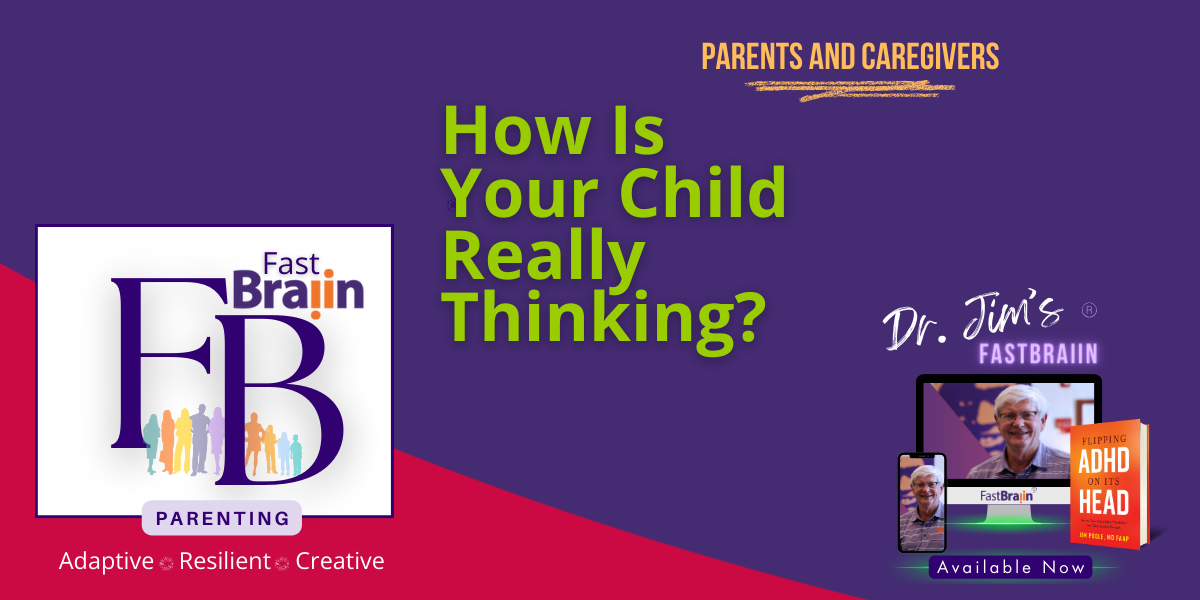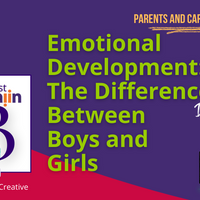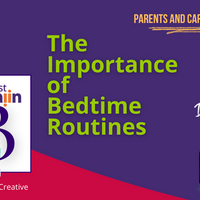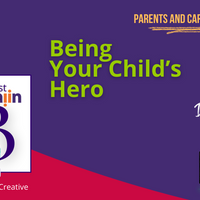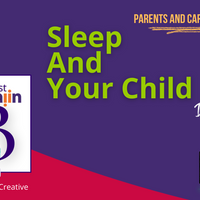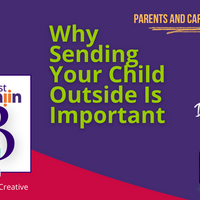Introduction:
Welcome to Dr. Jim's FastBraiin. I'm Dr. Jim Poole, and I definitely have FastBraiin! In this episode, we will explore some interesting insights from my book, "Flipping ADHD On Its Head," and ask ourselves how understanding and accepting our child's behaviors can help create a positive and healing environment for them.
Context is Everything:
One key concept discussed on page nineteen of my book is how context plays a vital role in understanding our child's cycle of behavior, which is to say, their thoughts, feelings, and actions.
Let's take a closer look at some common traits and behaviors associated with ADHD and reframe them within the positive FastBraiin perspective:
- Easily Distracted? No, They're Very Curious: When our child gets easily distracted, it's important to recognize their curiosity. Their wandering attention may indicate an innate sense of exploration and a thirst for knowledge and experience.
- Forgetful? Engaged in the Moment: If our child is forgetful, it doesn't mean they don't care or lack responsibility. Instead, it's often because they are fully engaged in the present moment. Redirecting their focus to tasks may require a different approach.
- Difficulty Staying on Point? Seeking Engagement: A common struggle for children with ADHD is staying focused, particularly in school. Rather than dismissing their inability to concentrate, it's essential to understand that they may find certain subjects or teaching styles less engaging. Finding ways to make learning more interesting and interactive can greatly benefit them. Plus, let’s not discount their wandering, expansive attention has likely uncovered aspects that others miss.
- Hyperactive? Energetic and Active: A hyperactive child's boundless energy should be seen as a positive attribute. Embrace their enthusiasm and find outlets for them to channel their energy, such as sports or other physical activities.
- Impulsive? Unleashing Creativity: Impulsivity is often viewed negatively, but it can also be seen as a sign of creativity, when used correctly. Encourage our child's impulsive moments and help them channel their creative ideas into productive and meaningful activities.
- Disorganized? Spontaneous and Aware: While disorganization may be evident in our child's room or daily routines, it doesn't mean they lack awareness or understanding. Recognize their spontaneity and help them find ways to maintain a reasonable level of organization without stifling their natural flow.
- Stubborn? Persistent Pursuit: Our child's persistence in doing things their own way should not be dismissed as mere stubbornness. Understand that their determination often stems from a strong desire to achieve their goals. Encouraging this persistence in a positive manner can help them grow and thrive.
- Inconsistent? Flashes of Brilliance: Instead of viewing inconsistency negatively, acknowledge our child's moments of brilliance. ADHD often leads to fluctuations in performance and focus. By understanding these fluctuations, we can support and guide them to maximize their potential.
Changing Perspectives:
It's crucial to look at our child through a different lens and understand how their unique interactions and behaviors contribute to their individuality. By reframing their actions in a positive light, we can create a supportive environment that nurtures their strengths.
In conclusion, embracing a positive perspective on ADHD can have a profound impact on our child's development and well-being. Remember, context is everything! Who wouldn’t desire curiosity, engagement, energy, creativity, spontaneity, persistence, brilliance, and uniqueness as qualities to appreciate and encourage in our child? It all depends on your vantage point.
- Dr. Jim
~~
Video Transcript:
[00:00:00] Dr. Jim Poole, MD: Welcome to Dr. Jim's FastBraiin. I'm Dr. Jim Poole and I have definitely FastBraiin! Welcome to the FastBraiin Minute. This is where I go through my book, "Flipping ADHD On Its Head," and discuss some topic that is interesting both to you and to us and potentially our child.
[00:00:22] So, I'm reading out of page nineteen, and it talks about how context is everything, and how we accept and understand what our child's up to.
[00:00:32] So, for instance, if they're easily distracted, I would want to say that they're very curious. Also, if they're forgetful, that's me. I'm engaged in the moment is what I need to be engaged in, not what you ask me to do.
[00:00:46] Can't stay on point. No, because you're boring. Point in case is school. School, I can't stay focused. Why? The teacher gets boring or talks to the board while she's writing on the board and I don't understand. I can't [00:01:00] hear and I'm easily distracted to something more interesting.
[00:01:04] A hyperactive child is really very energetic. Watch them. They're very active and they're very energetic.
[00:01:10] Same way with being impulsive. You know, impulsivity is really creativity renamed.
[00:01:16] Disorganized. Well, I may seem disorganized and my room is disorganized, but I'm also very spontaneous and no, I hate to clean up. But that doesn't mean I don't know what's going on.
[00:01:28] I may be very stubborn, but I'm persistent. And what I want, because yes, we do want to do things our way, but a lot of times that is seen as being very stubborn, but no, we're being very persistent.
[00:01:41] And inconsistent? No. We have flashes of brilliance, and we might not be able to continue that brilliance, but we do go up and down due to our focus and so forth.
[00:01:52] So, what I want you to do is to look at your child in a different way and how they're interacting in a different sense.
[00:01:58] Thank you very much, and have a great [00:02:00] day.

